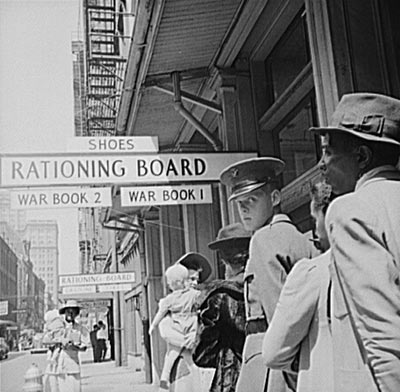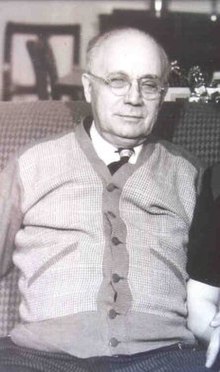
World War II restrictions cut deep into every American pantry as
federal officials announced that sliced bread would be rationed
on this day in history, Jan. 18, 1943.
"I should like to let you know how important sliced bread is to
the morale and saneness of a household," distraught mother
Sue Forrester of Fairfield, Connecticut, claiming to speak on
behalf of America’s housewives, lamented in a New York Times
letter to the editor.
Wartime rationing had already caused severe restrictions on
the nation’s household food supply.
Basic resources were devoted in ever-growing volume to the
war effort in 1943, as the tide of battle turned and the U.S. and
its Allies went on the offensive across the vast expanse of two
oceans.
Bread rationing marked the depths of sacrifices on the home
front.

Otto Frederick Rohwedder of Davenport, Iowa invented the
first single loaf bread-slicing machine. A prototype he built
in 1912 was destroyed in a fire, and it was not until 1928
that Rohwedder had a fully working machine ready. The
first commercial use of the machine was by the Chillicothe Baking Company of Chillicothe, Missouri, who sold their
first slices on July 7, 1928.
By 1933, around 80% of bread sold in the US was pre-sliced,
leading to the popular idiom "greatest thing since sliced
bread"

Otto Frederick Rohwedder
(July 7, 1880 – November 8, 1960)

This photograph depicts a "new electrical bread
slicing machine" in use by an unnamed bakery
in St. Louis in 1930.
Place your comment